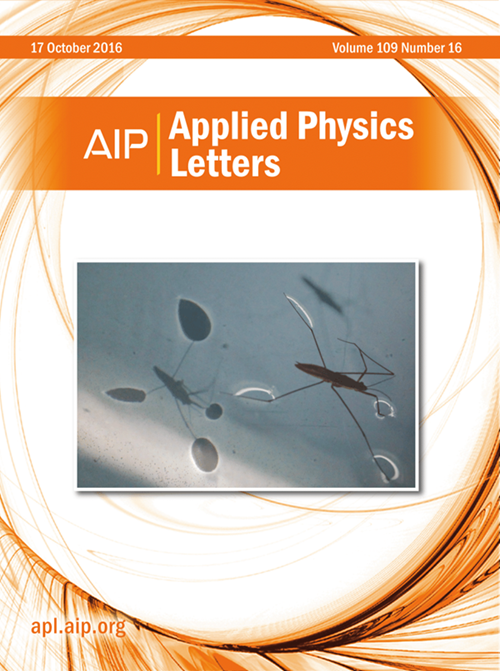量子霍尔区从边缘电流到体电流的跃迁
IF 3.5
2区 物理与天体物理
Q2 PHYSICS, APPLIED
引用次数: 0
摘要
整数量子霍尔效应可以在二维导体中观察到,该二维导体被垂直磁场穿透,并有边缘连接载流触点。它的特征是一个量子化的霍尔状态,同时纵向电阻消失。一个被广泛接受的模型是landauer - b本文章由计算机程序翻译,如有差异,请以英文原文为准。
Transition from edge- to bulk-currents in the quantum Hall regime
The integer quantum Hall effect can be observed in a two-dimensional conductor penetrated by a perpendicular magnetic field and with edges connecting the current carrying contacts. Its signature is a state of quantized Hall and simultaneously vanishing longitudinal resistances. A widely accepted model is the Landauer–Büttiker picture, which assumes an incompressible, i.e., electrically insulating bulk state surrounded by current carrying one-dimensional edge channels. This single-particle model is challenged by the screening theory. It derives that electron–electron interaction leads to a fragmentation of the Hall bar into compressible and incompressible strips, where the current flows inside the incompressible strips. Because the latter gradually shifts from the sample edges into the bulk as the magnetic field is increased, it suggests a transition from edge- to bulk-current. We present direct experimental proof of this transition. Our results support the screening theory.
求助全文
通过发布文献求助,成功后即可免费获取论文全文。
去求助
来源期刊

Applied Physics Letters
物理-物理:应用
CiteScore
6.40
自引率
10.00%
发文量
1821
审稿时长
1.6 months
期刊介绍:
Applied Physics Letters (APL) features concise, up-to-date reports on significant new findings in applied physics. Emphasizing rapid dissemination of key data and new physical insights, APL offers prompt publication of new experimental and theoretical papers reporting applications of physics phenomena to all branches of science, engineering, and modern technology.
In addition to regular articles, the journal also publishes invited Fast Track, Perspectives, and in-depth Editorials which report on cutting-edge areas in applied physics.
APL Perspectives are forward-looking invited letters which highlight recent developments or discoveries. Emphasis is placed on very recent developments, potentially disruptive technologies, open questions and possible solutions. They also include a mini-roadmap detailing where the community should direct efforts in order for the phenomena to be viable for application and the challenges associated with meeting that performance threshold. Perspectives are characterized by personal viewpoints and opinions of recognized experts in the field.
Fast Track articles are invited original research articles that report results that are particularly novel and important or provide a significant advancement in an emerging field. Because of the urgency and scientific importance of the work, the peer review process is accelerated. If, during the review process, it becomes apparent that the paper does not meet the Fast Track criterion, it is returned to a normal track.
 求助内容:
求助内容: 应助结果提醒方式:
应助结果提醒方式:


